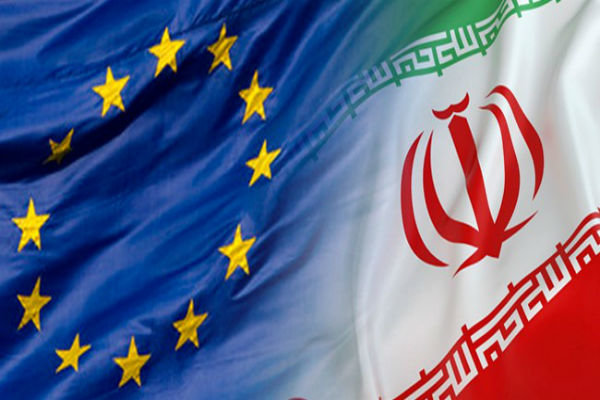EU says needs ‘strategic and structured dialogue’ with Iran

TEHRAN – The European Union has published a document in which it has delineated the prospect for relations with the post-sanctions Iran, emphasizing “what the EU and Iran need is a strategic and structured dialogue.”
The document was released by the European Parliament nearly fifteen months after Iran and key international players, including the European Union, struck a historic deal over Tehran’s nuclear program.
The text lays strong emphasis on a number of matters for the bilateral ties to be characterized as “strategic” and “structured.”
In what follows the conclusion section of the document has been given:
What the EU and Iran need is a strategic and structured dialogue. Strategic here means that it must reach beyond the list of specific (usually contentious) issues, look at the larger picture and set more long term goals for what kind of relationship the two parties want to have. Structured, in that it is underpinned by regular interaction on civil servant and technical levels dealing with a variety of sectors; thus, establishing an institutionalised process for pursuing a variety of solutions and exchanges.
1. The project to establish an EU Delegation in Tehran has made progress. While this is a delicate and slow process, the very ambition and its eventual success highlights that the EU is genuinely interested in a relationship with Iran and that it is acting independently from the U.S.
2. It is therefore important to establish working committees for relevant sectors where regular interaction can allow the parties to go beyond high politics and build multi-level cooperation between institutions. This allows, for instance, for a more credible and effective exchange on human rights, as the relevant judicial authorities involved in practices related to human rights on both sides can interact with one another. By highlighting the importance of practice and adherence to the rule of law these issues can better be resolved. Such a structured approach is far more useful than a case-by-case exchange which tends to politicise matters and thus make them even more intractable.
3. A very important aspect of building a better relationship is also to create a better understanding of what the EU is, its institutions as well as its ‘internal logic’. There is a serious lack of knowledge in Iran of how the EU works both in political and institutional terms, which creates misunderstandings. For many areas of cooperation this lack of knowledge impedes Iranian ability to access and interact with EU institutions and instruments of cooperation. This is particularly important in areas where technical, educational and research cooperation could otherwise grow significantly. A specific EU liaison office to facilitate access to institutional resources relevant for academic and industry cooperation in Tehran would be a good step to remedy this lacuna.
4. A more regular interparliamentary exchange is needed between the European Parliament and the Iranian Majlis. The interaction between these two elected bodies has been very irregular and often An EU Strategy for relations with Iran after the nuclear deal has been hostage to the overall international political climate. A more institutionalised exchange where relevant parliamentary committees from each side could interact would facilitate a better mutual understanding of how politics are conducted and what are the priorities and preferences in each chamber.
5. These political and institutional relationships must also be accompanied by greater facilitation of communication and cooperation between civil society actors. Cultural programmes, targeted academic exchange programs (rather than individual students/local faculty initiatives), and grassroots organisations dealing with social and environmental issues, must be encouraged and supported.
6. Similarly, it is important to underline that increased trade with Iran presents a win-win not only between the parties but also in political terms. Of particular relevance for Iran and the EU are three areas where technology transfer and environmental and human health concerns are salient features; renewable energies, urban sustainability, and water management.
7. Initiate and sustain a dialogue on a new security architecture for the Middle East, beginning with the Persian Gulf, using the vast European experience of OSCE and multilateral exchange. The EU is in a unique position to undertake this as it has good relations with all major actors in the region and will give the process credibility and bring all the parties in as stakeholders. The first step is to initiate a strategic discussion on conflict resolution and use this as a stepping stone to resolve the present conflicts in the region. The second step is to use the various areas of cooperation mentioned in this report (nuclear safety, combatting drugs etc.) and expand the conversation to include Iran’s Arab neighbours.
8. The EU-Iran dialogue should also look beyond the common concerns in the Middle East. Some examples include the stabilisation of Afghanistan and mediation of conflicts such as the one between Armenia and Azerbaijan.
AK/PA
